Navigation
BC/BCD Wings
Confused by the different brands?
All of the modular backplate and wing systems we sell are modular, and will work when mixing between component brands.
Just because you have a particular brand of backplate doesn't mean you need to buy the same manufacture harness and wing.
Different manufacturers each have their own features and selling points, and like everything there are pros and cons which matter differently to different divers.
Tech Tip:
Will back inflation float an unconscious diver face up?
We usually hear this from divers who have always worn a jacket style BC, and we'd like to point out that it's irrelevant. It's true, that boating regulations require an approved wearable Personal Floatation Device (PFD) to float the unconscious victim face up in the water. But a Buoyancy Control Device (BCD) for scuba divers is not designed to be a PFD for an unconscious boating accident victim, regardless if the BC is jacket or back inflation.
We offer back inflation style options because experienced divers have learned the back inflation BCD is better than a jacket BCD, offering very precise control of buoyancy and trim as well as offering a more streamlined profile. An improperly fitted back inflation BCD might cause you to tip forward, but a properly fitted back inflation BCD, worn with a crotch strap, will allow you to assume and hold any position under the water, or on the surface.
When on the surface, divers new to back inflation will need to break the habit of holding down the power inflator until they feel squeeze (there won't be any), or hear the OPV release. With an over inflated air cell they will have a huge amount of buoyancy on their back, causing them to float too high in the water and tip forward. Instead, they should add only enough gas until their head is just above the water.
Finally, a very common error when selecting a back inflation BCD is to choose an buoyancy aircell (called a 'wing') that is much too big, causing a 'taco effect' that makes managing buoyancy considerably more difficult. The cylinder size, type and configuration, not lift capacity, is the best guide to selecting the correct wing. While many doubles wing designs can be adjusted for occasional use with singles, keep in mind they are not designed to be used primarily as singles wings and they are not optimal with singles. Unless you are diving one of the very large steel cylinders, a 30 lb (14 kg) is about the maximum lift you need for single tank sport diving.
Firefly Aircraft 1
![]() Wreck Dive |
Wreck Dive | ![]() Boat access
Boat access
![]()
![]()
![]()
Fairey Firefly Aircraft | Max Depth: 18 m (59 ft)
Level: Open Water and beyond.
Fairey Firefly 1 was a Second World War-era, carrier-borne, fighter aircraft that was lost on 20 July 1947 in an accident. As the British aircraft carriers, HMS Theseus and HMS Glory were departing on Sunday 20th July 1947 after their visit to Melbourne, two squadrons of Firefly and Seafire aircraft from the HMS Theseus took off for an exercise over the bay out from Frankston. As they climbed to 1,500 ft (457 m) and moved into formation, two Fireflys collided.
The Argus newspaper recorded the following the next day: "In a flash, the two planes were one. Locked together they turned slowly and fell. Near the water, they dropped like stones and disappeared. The destroyer Cockade steamed at full speed to the scene and lowered a boat. The body of one of the four crew was recovered. When the Theseus arrived the only sign was a patch of oil."
Divers removed parts of the tailplane and rear wheel for identification and the remains were left forming an artificial reef.
There are two aircraft, 150 metres apart. See Firefly Aircraft 2.
Fairly Firefly Grave Site
In July 2017, human skeletal remains missing for 60 years were found near the wrecks of two warplanes in Port Phillip. Four people were killed when the two Fairly Firefly planes crashed on 20 July 1947, but only the body of one of the pilots was recovered at the time. Aged 31, he had been a prisoner of war in Germany for five and a half years.
Divers Paul Roadknight and Steve Boneham located the remains of one of the aircrew still inside one of the wrecked aircraft about 20 metres below the surface. They found the remains of another airman next to the wreck of the second aircraft. There was no information about the possible whereabouts of the fourth victim.
The wreckage of the two single-engined Fairy Firefly trainers is considered a significant archaeological find. Heritage Victoria warns that diving near the wrecks is an offence that carries a heavy fine.
Fairey Firefly History
The Firefly was designed as a fleet reconnaissance aircraft for the UK's Royal Navy and was derived from the Fairey Fulmar. First flown on 22 December 1941, the first versions were delivered in March 1943 to RNAS Yeovilton. The main version of the aircraft used during WWII was the Mk.1, which was used in all theatres of operation. Throughout its operational career, it took on increasingly more demanding roles, from fighter to anti-submarine warfare.
After WWII, the Firefly remained in service in both the UK and Australia, flying anti-ship missions off various aircraft carriers in the Korean War and serving in the ground-attack role in Malaya. In 1956, the Firefly's frontline career ended with the introduction of the Fairey Gannet.
The Firefly was built at London's Great Western Aerodome (Heathrow), United Kingdom.
Fairey Firefly General Characteristics
- Crew: Two (Pilot and Observer)
- Length: 37 ft 7.25 in (11.46 m)
- Wingspan: 44 ft 6 in (13.57 m)
- Height: 13 ft 7 in (4.14 m)
- Wing area: 328 ft sq (30.5 m sq)
- Empty weight: 9,750 lb (4,432 kg)
- Loaded weight: 14,020 lb (6,373 kg)
- Powerplant: 1 x Rolls-Royce Griffon IIB liquid-cooled V12 engine, 1,730 hp (1,290 kW)
Fairey Firefly Performance
- Maximum speed: 316 mph (275 kn, 509 km/h) at 14,000 ft (4,300 m)
- Range: 1,300 mi (1,130 nmi, 2,090 km)
- Service ceiling: 28,000 ft (8,530 m)
- Climb to 10,000 ft (3,050 m): 5 min 45 sec
See also, Wikipedia: Fairey Firefly,
Heritage Council of Victoria: Frankston - Fairey Firefly 1, and
Australian National Shipwreck Database: Frankston - Fairey Firefly 1.
Fairey Firefly Aircraft — Frankston
We have the GPS marks and details for what might be two or three Fairey Firefly Aircraft wreck sites near Frankston on the eastern side of Port Phillip.
Firefly Aircraft 1
Latitude: 38° 6.004′ S (38.100067° S / 38° 6′ 0.24″ S)
Longitude: 145° 0.714′ E (145.0119° E / 145° 0′ 42.84″ E)
Firefly Aircraft 2
Latitude: 38° 5.980′ S (38.099667° S / 38° 5′ 58.8″ S)
Longitude: 145° 0.692′ E (145.011533° E / 145° 0′ 41.52″ E)
Firefly Aircraft 3
Latitude: 38° 6.091′ S (38.101517° S / 38° 6′ 5.46″ S)
Longitude: 145° 0.627′ E (145.01045° E / 145° 0′ 37.62″ E)
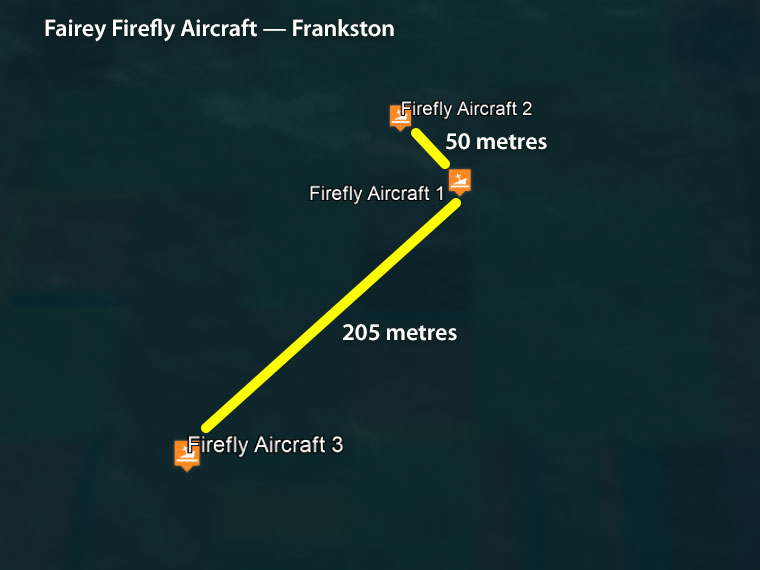
The GPS marks for the Firefly Aircraft 1 and Firefly Aircraft 2 are 50 metres apart. It might be two separate aircraft, or the broken up and separated parts of a single aircraft. We simply don't know.
The GPS marks for the Firefly Aircraft 1 and Firefly Aircraft 3 are 205 metres apart.
If you have further information about these aircraft wreck sites, please contact us.
Heritage Warning: Any shipwreck or shipwreck relic that is 75 years or older is protected by legislation. Other items of maritime heritage 75 years or older are also protected by legislation. Activities such as digging for bottles, coins or other artefacts that involve the disturbance of archaeological sites may be in breach of the legislation, and penalties may apply. The legislation requires the mandatory reporting to Heritage Victoria as soon as practicable of any archaeological site that is identified. See Maritime heritage. Anyone with information about looting or stolen artefacts should call Heritage Victoria on (03) 7022 6390, or send an email to heritage.victoria@delwp.vic.gov.au.
Traditional Owners — This dive site is in the traditional Country of the Boon Wurrung / Bunurong people of the Kulin Nation. This truly ancient Country includes parts of Port Phillip, from the Werribee River in the north-west, down to Wilson's Promontory in the south-east, including the Mornington Peninsula, French Island and Phillip Island, plus Western Port. We wish to acknowledge the Boon Wurrung as Traditional Owners. We pay respect to their Ancestors and their Elders, past, present and emerging. We acknowledge Bunjil the Creator Spirit of this beautiful land, who travels as an eagle, and Waarn, who protects the waterways and travels as a crow, and thank them for continuing to watch over this Country today and beyond.
Firefly Aircraft 1 Location Map
Latitude: 38° 6.004′ S (38.100067° S / 38° 6′ 0.24″ S)
Longitude: 145° 0.714′ E (145.0119° E / 145° 0′ 42.84″ E)
Datum: WGS84 |
Google Map
Added: 2012-07-22 09:00:00 GMT, Last updated: 2022-04-25 09:25:56 GMT
Source: GPS
Nearest Neighbour: Firefly Aircraft 2, 55 m, bearing 324°, NW
Fairey Firefly Aircraft.
Crashed: 20 July 1947.
Depth: 18 m.
[ Top ]
DISCLAIMER: No claim is made by The Scuba Doctor as to the accuracy of the dive site coordinates listed here. Should anyone decide to use these GPS marks to locate and dive on a site, they do so entirely at their own risk. Always verify against other sources.
The marks come from numerous sources including commercial operators, independent dive clubs, reference works, and active divers. Some are known to be accurate, while others may not be. Some GPS marks may even have come from maps using the AGD66 datum, and thus may need be converted to the WGS84 datum. To distinguish between the possible accuracy of the dive site marks, we've tried to give each mark a source of GPS, Google Earth, or unknown.

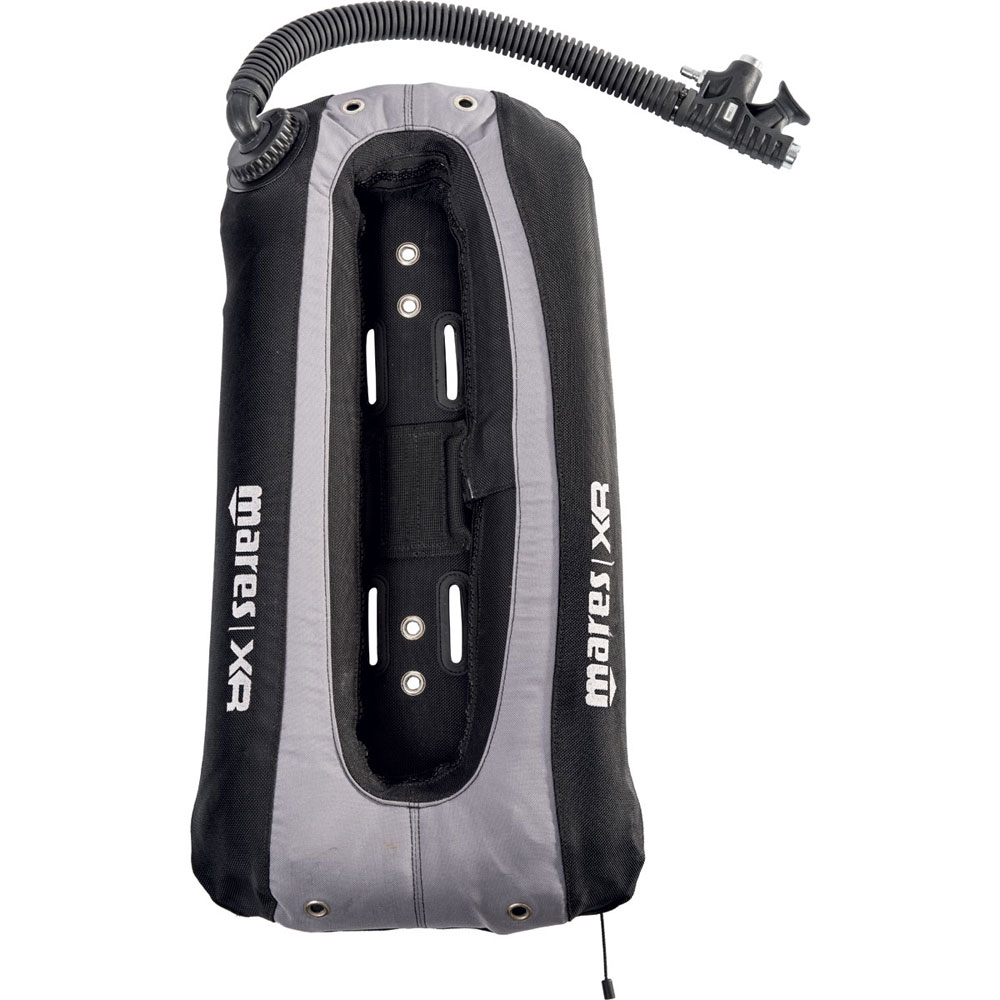
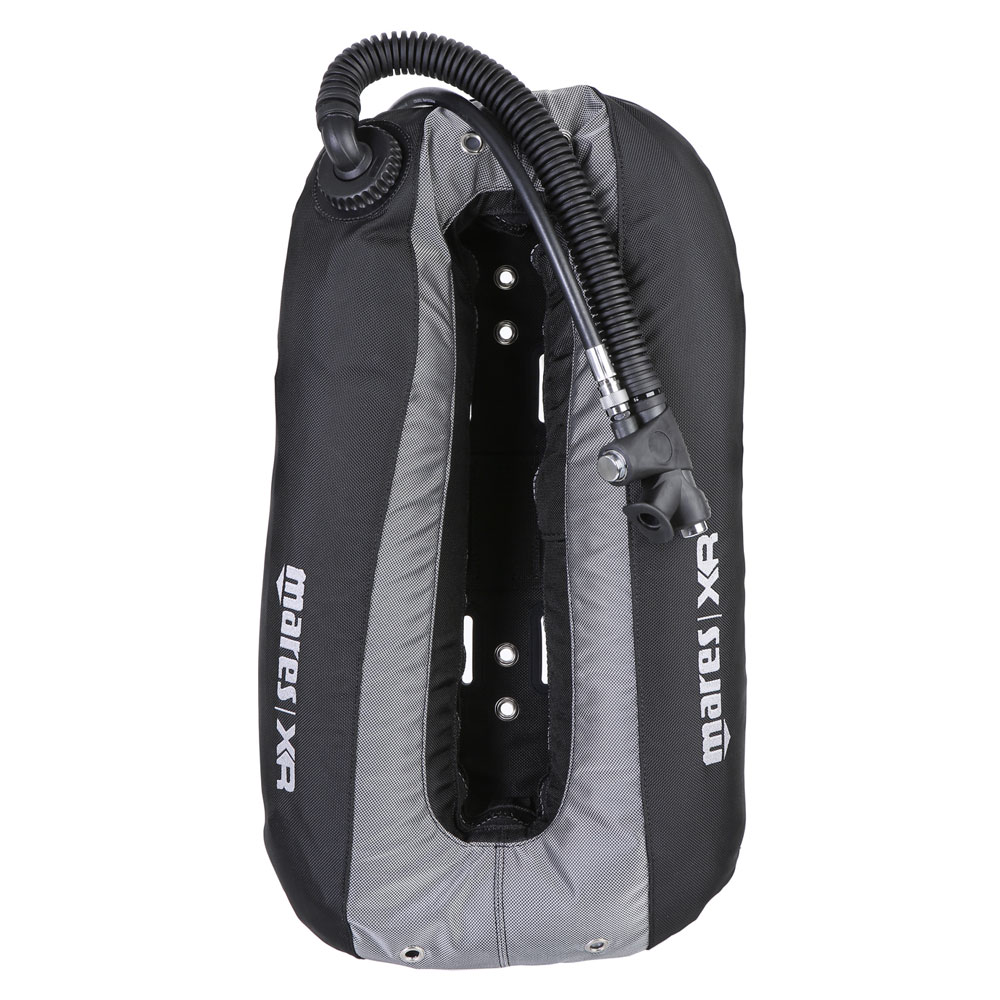
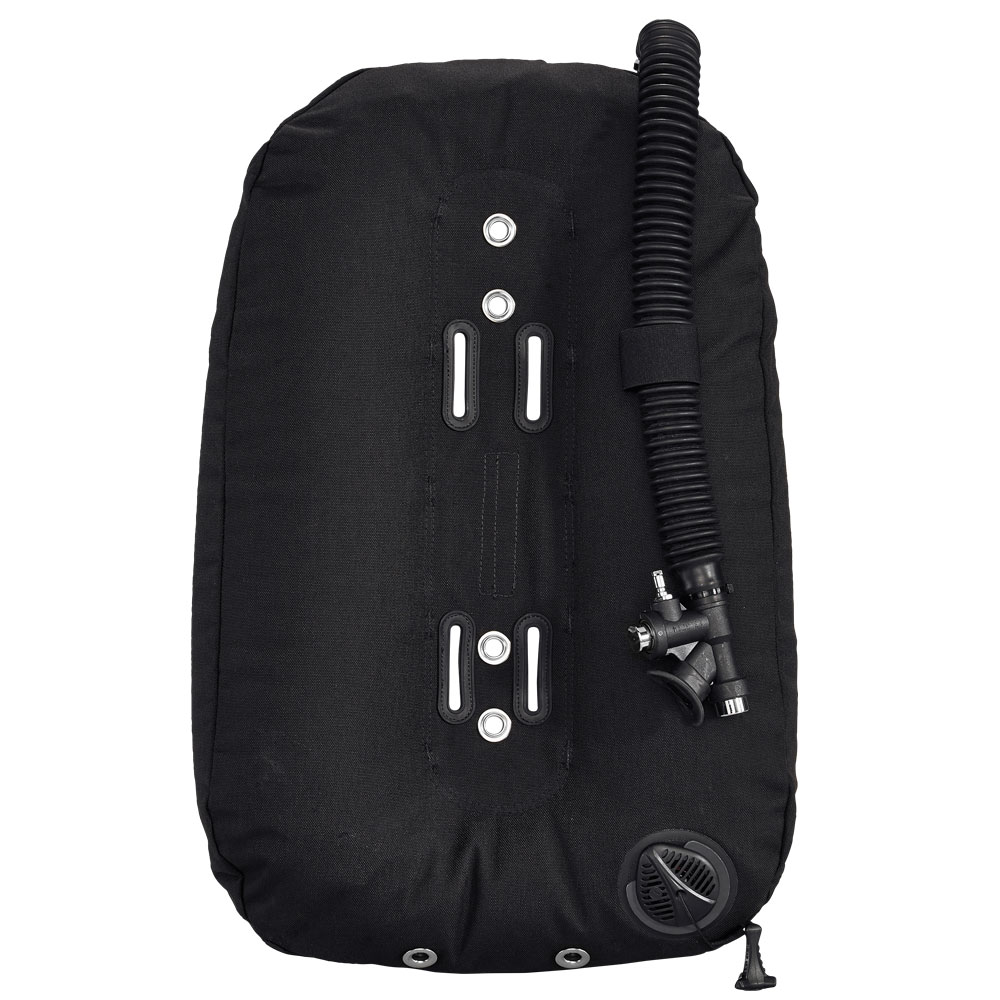
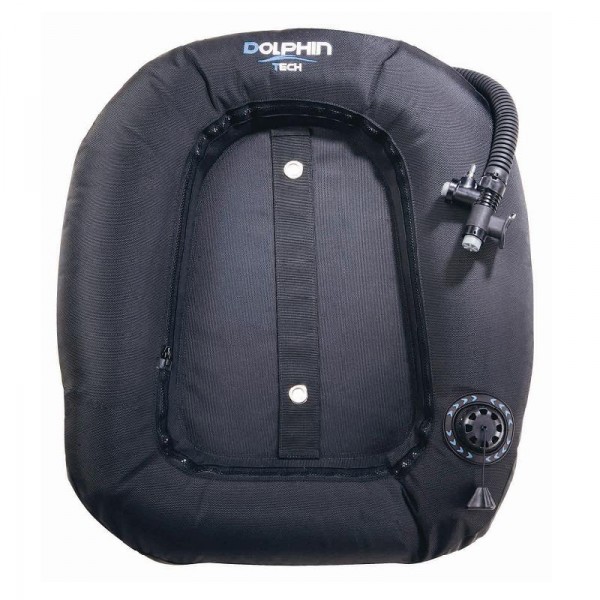
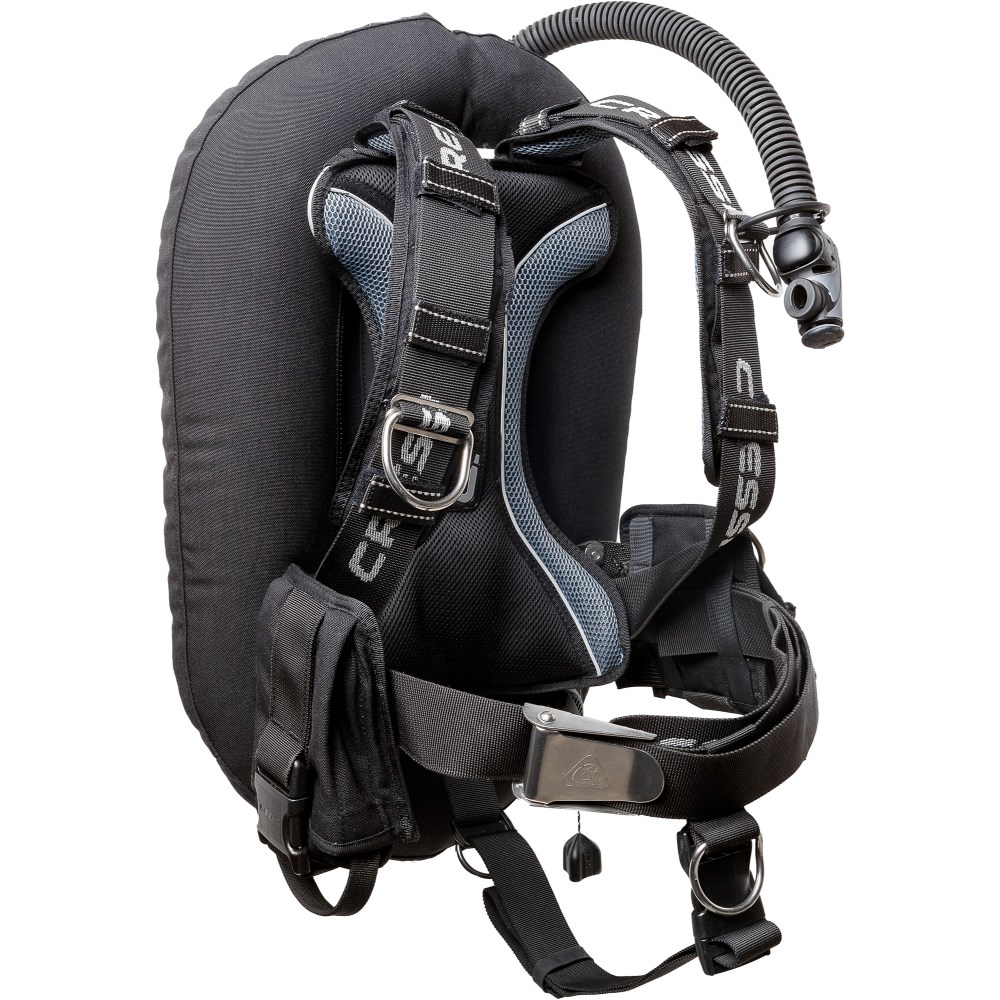
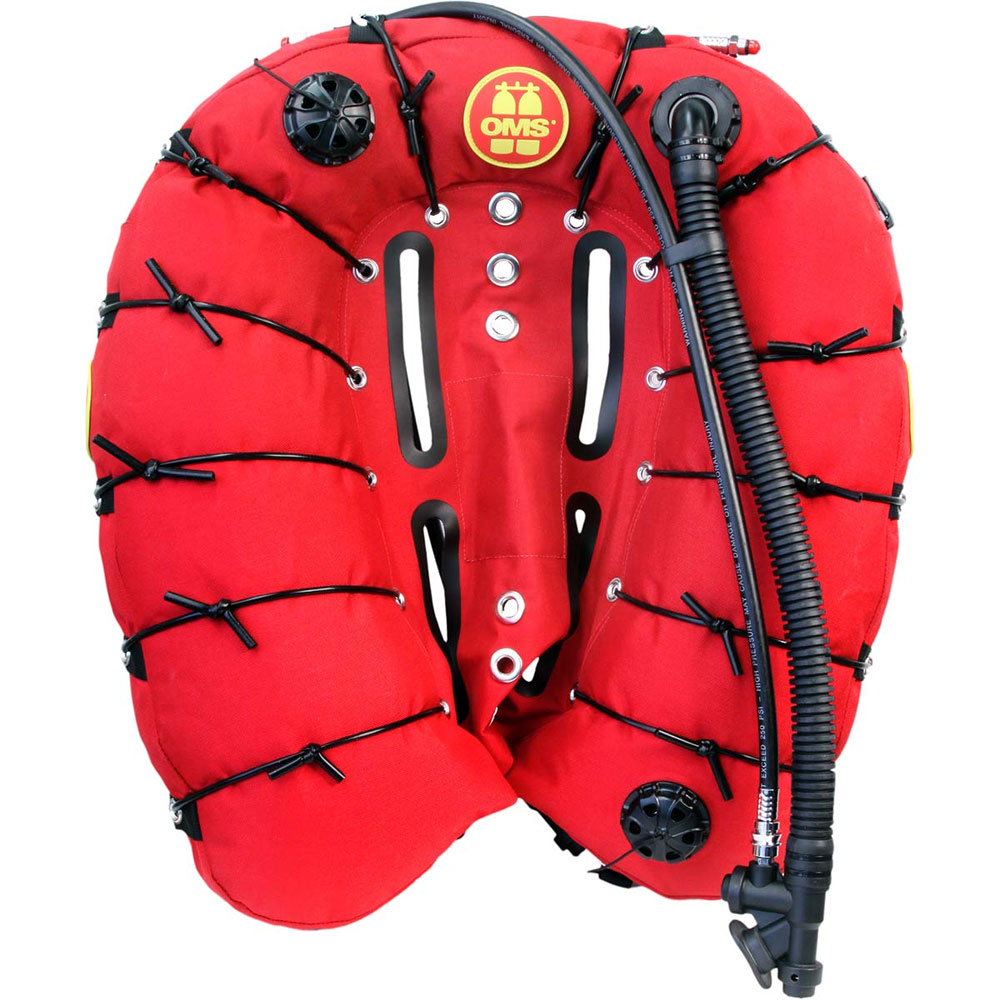
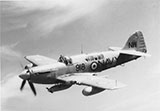
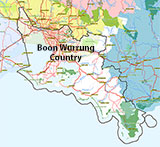
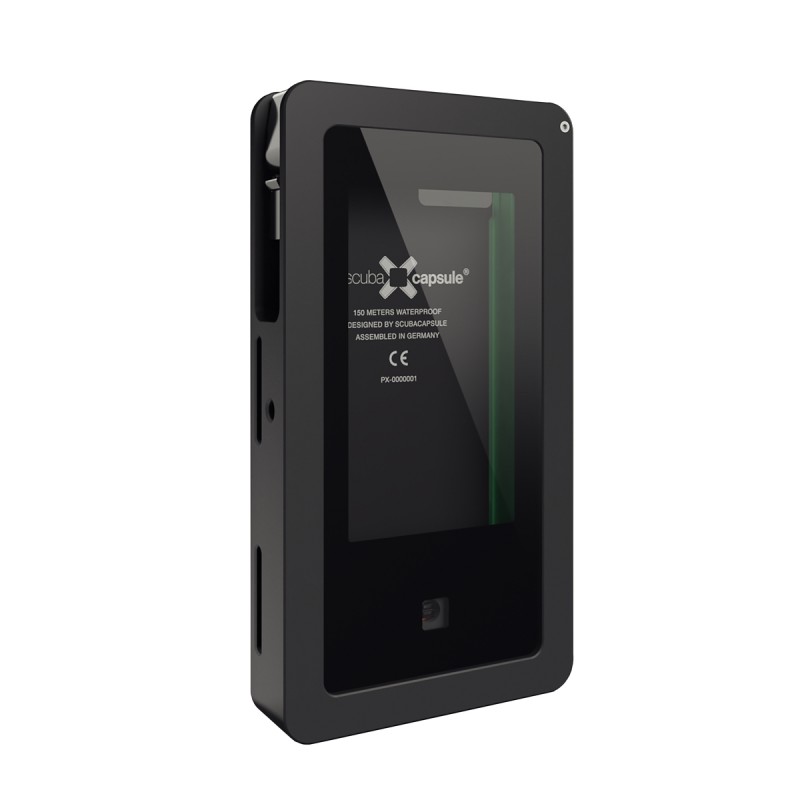
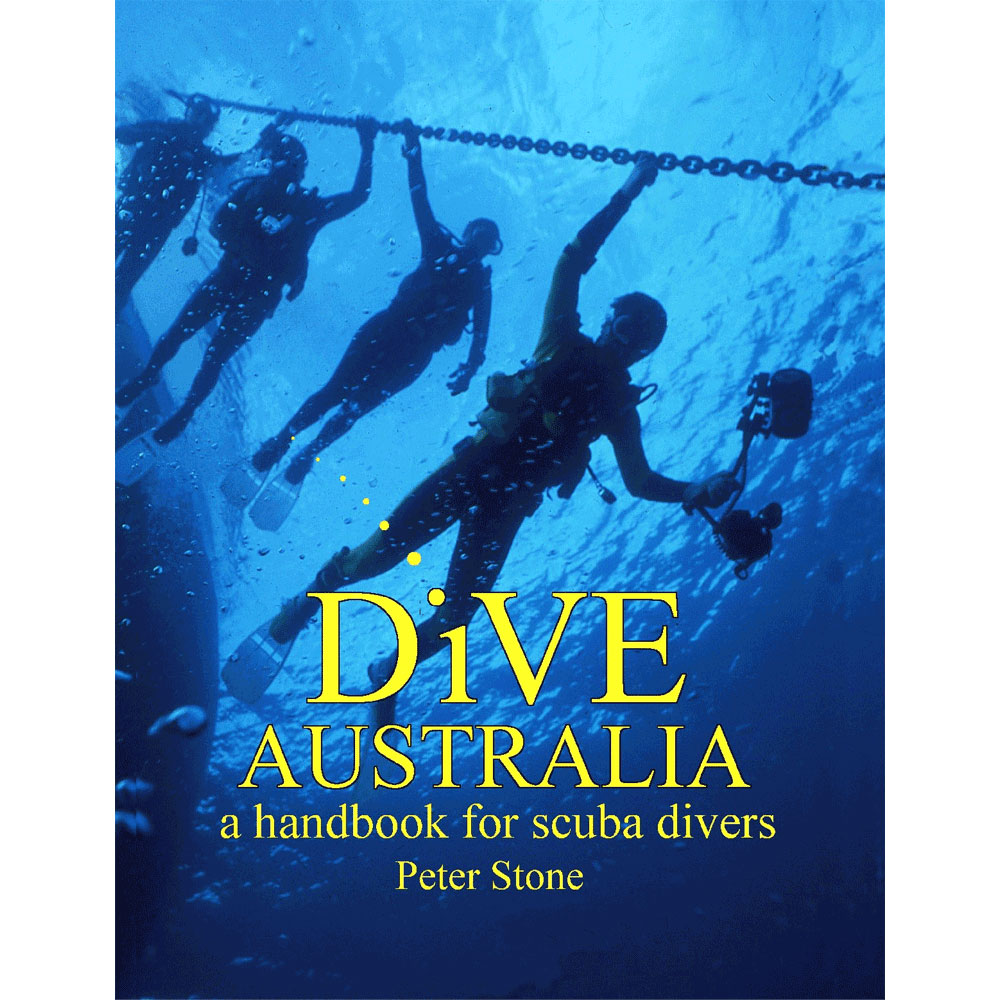
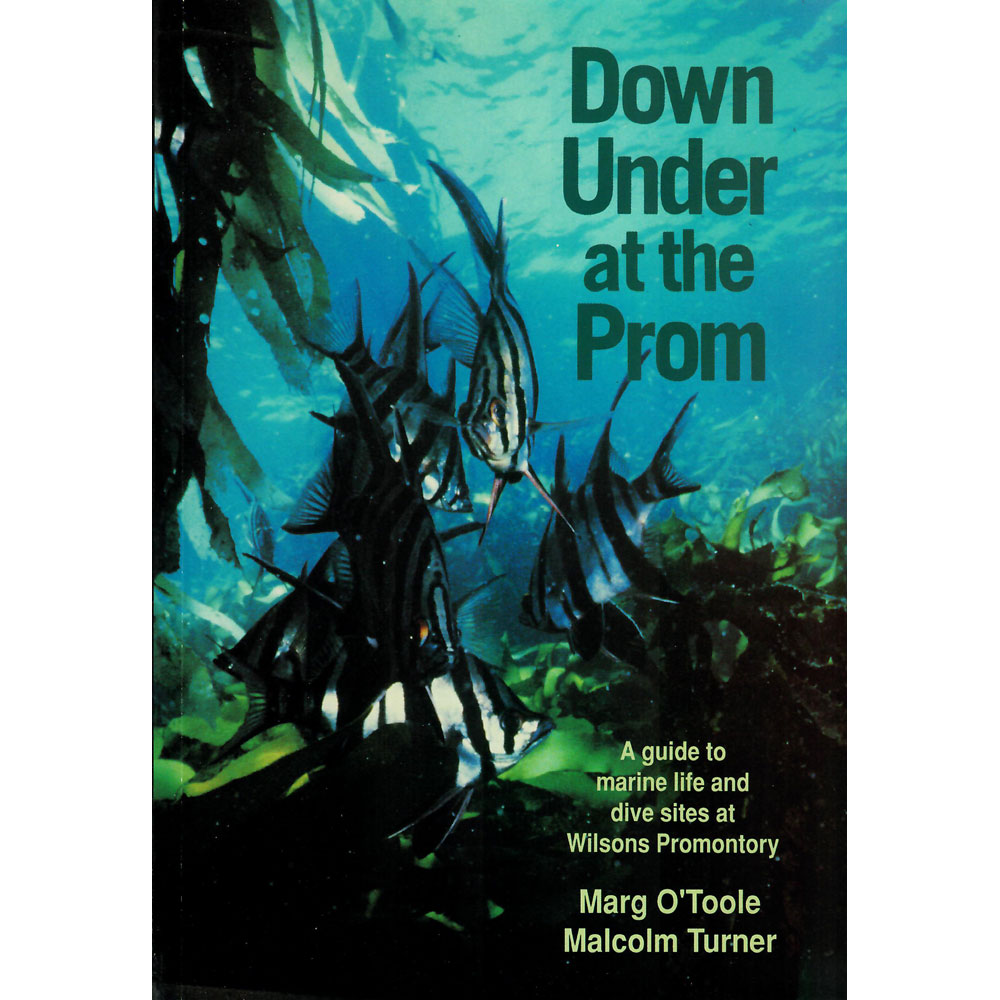
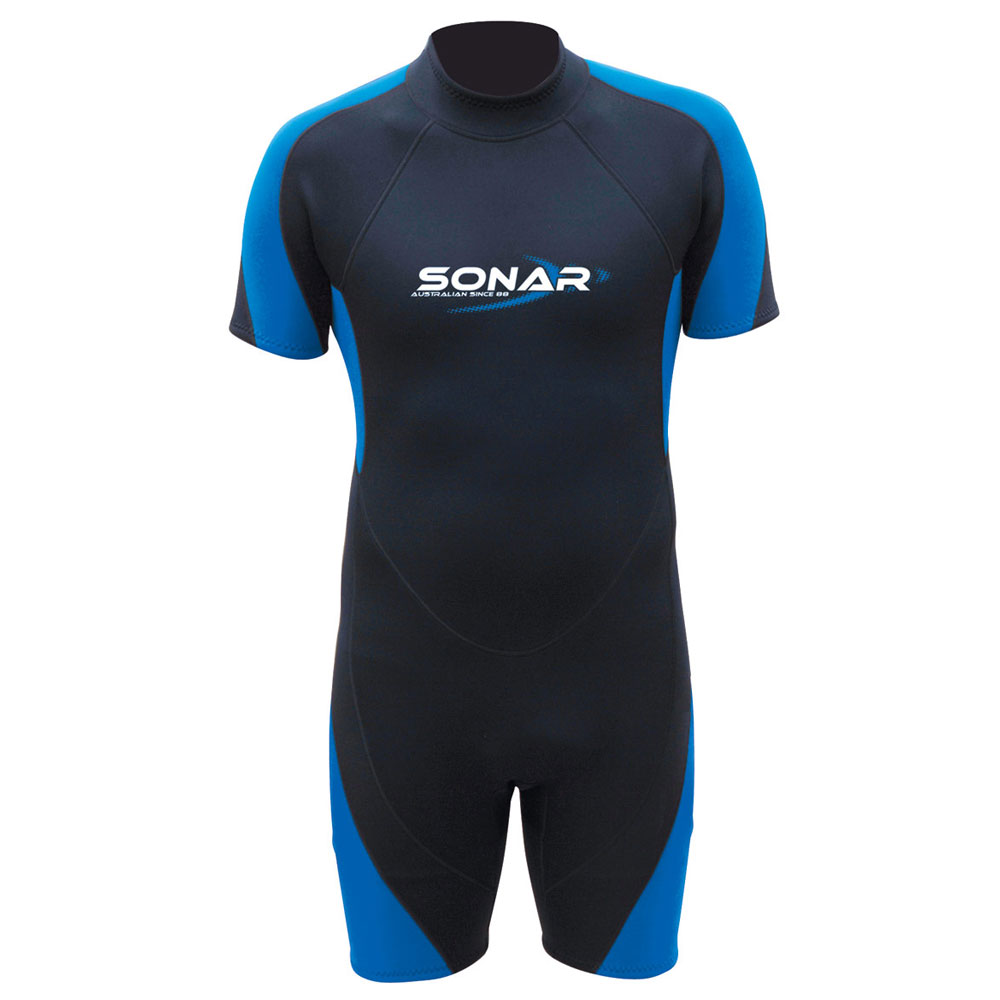
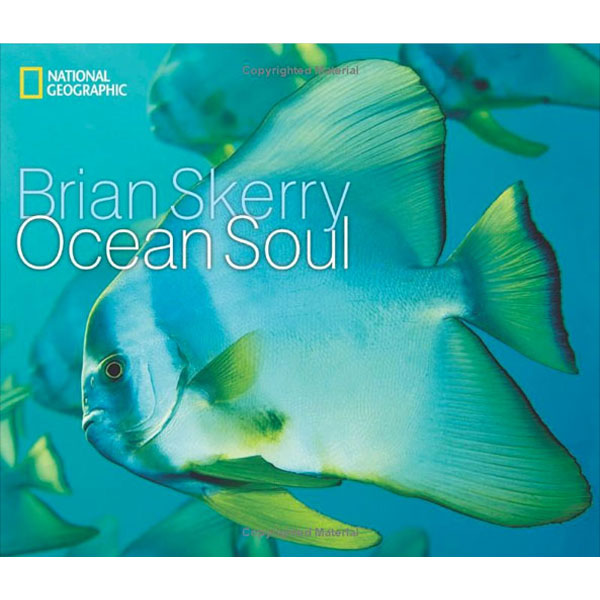
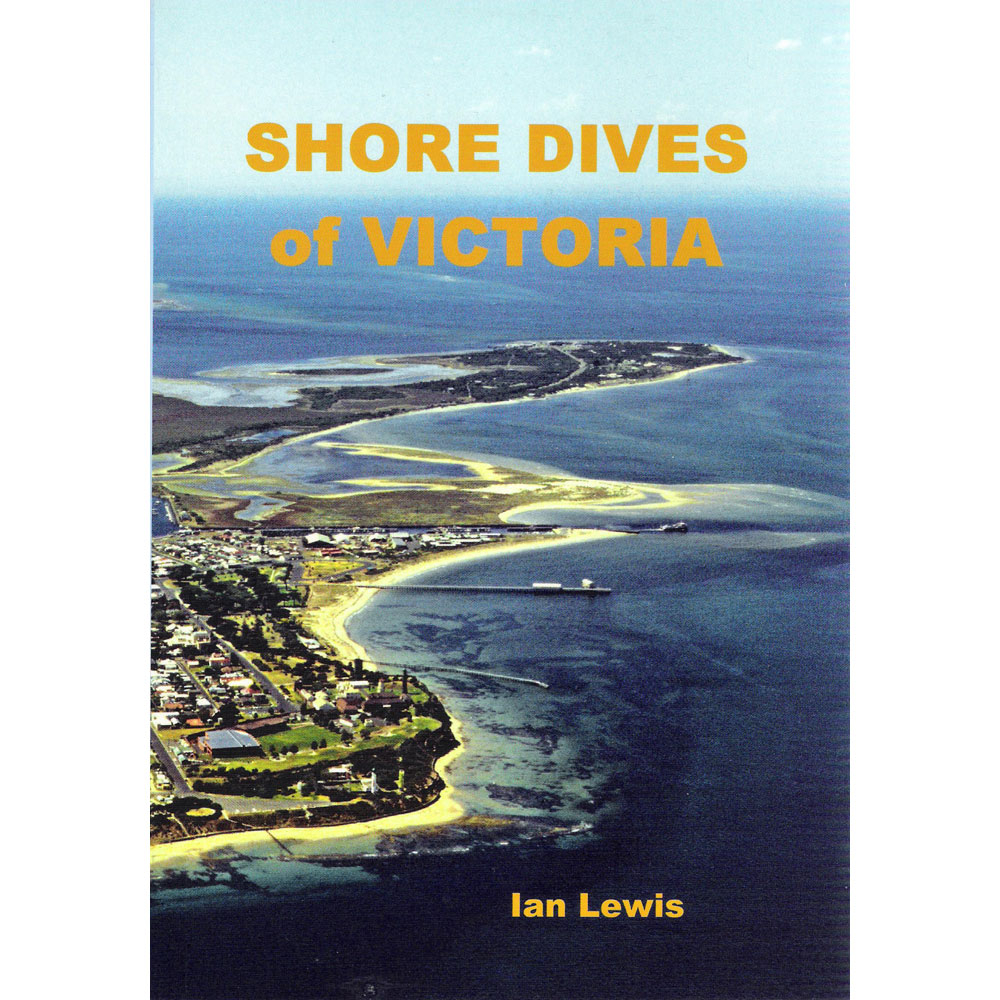
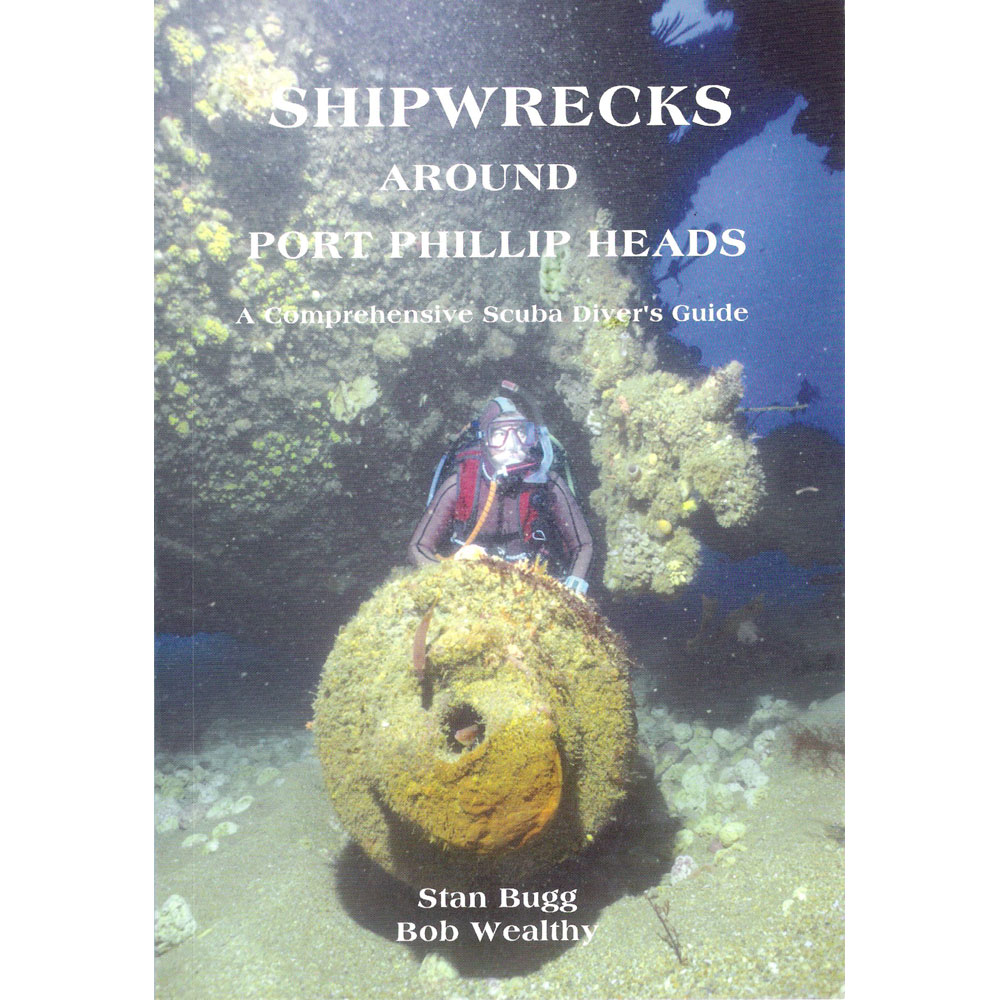
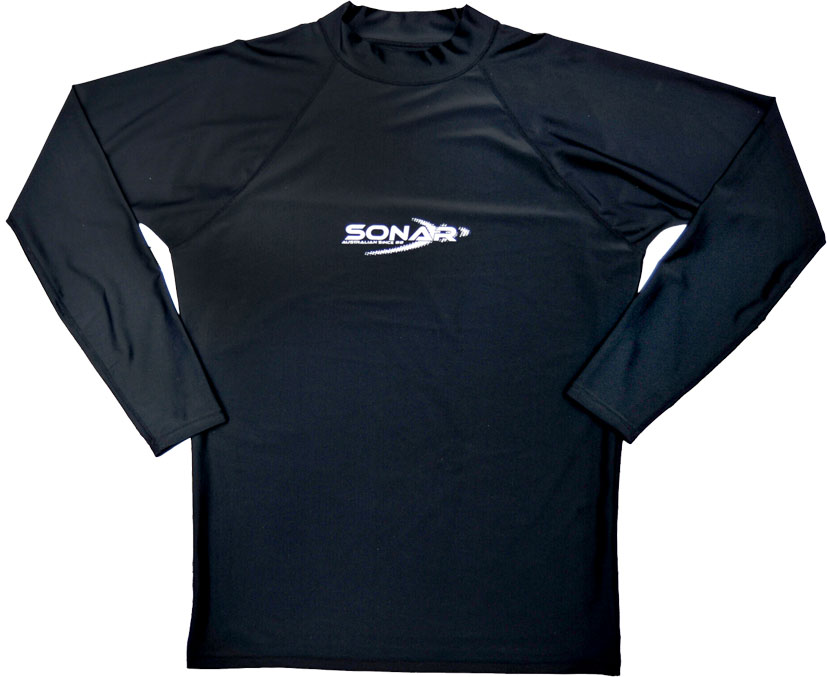

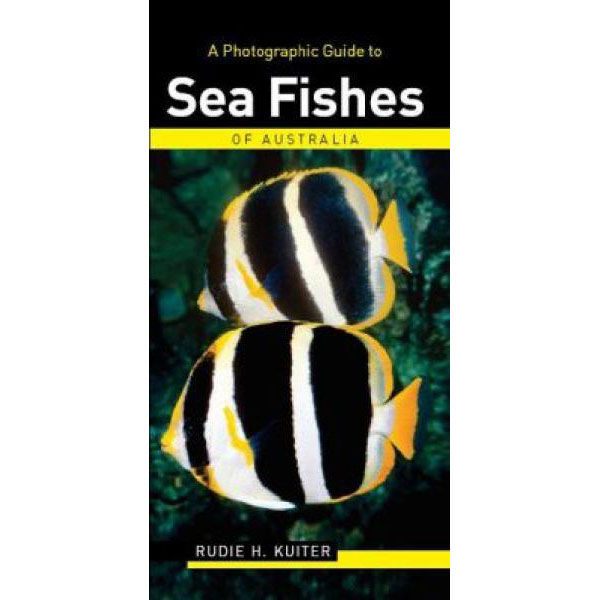






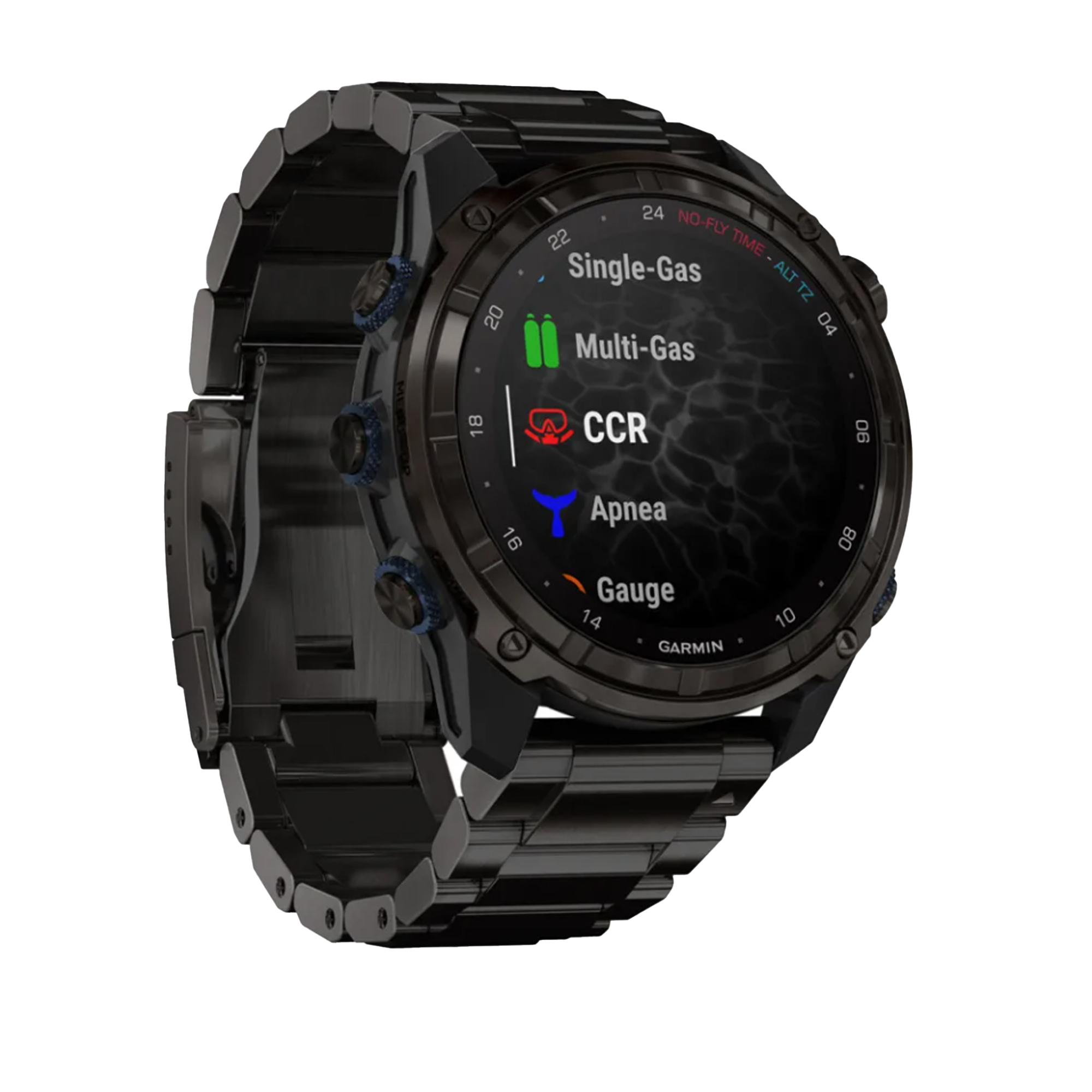

![Halcyon Infinity 30lb System [SS Small Backplate] Halcyon Infinity 30lb System [SS Small Backplate]](/diveshop/images/halcyon/Halcyon-Evolve-Wing.jpg)














































































































